#johannes gehrts
Text

Ivanhoe by Johannes Gehrts
#ivanhoe#johannes gehrts#art#ritter#knight#rowena#crown#laurel wreath#armour#jousting tournament#tournament#england#medieval#chivalric romance#chivalry#knighthood#knights#sir walter scott#walter scott#wilfred of ivanhoe
260 notes
·
View notes
Text
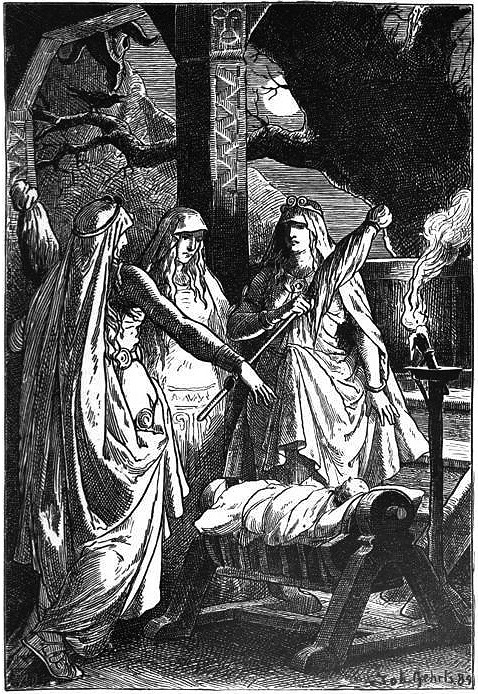
Johannes Gehrts - The Norns, 1889.
44 notes
·
View notes
Text
Would be rude to have not wrote one for Hel
#north sea poet#heathenry#poetry#my poetry#nico solheim-davidson#heathen#my own poetry#norse mythology#my poem#hel#hela#helheim
29 notes
·
View notes
Photo


Hello March!
Ostara is celebrated around March 20th - 21st, at the same point as the Spring Equinox. Light and dark are once again in balance as the wheel turns towards the summer months ahead. It is a time of new beginnings and of life emerging from the frozen grasps of winter. Ostara marks the first day of spring.
Ostara (1884) by Johannes Gehrts. The goddess flies through the heavens surrounded by Roman-inspired putti, beams of light, and animals.
Germanic people look up at the goddess from the realm below.
62 notes
·
View notes
Text
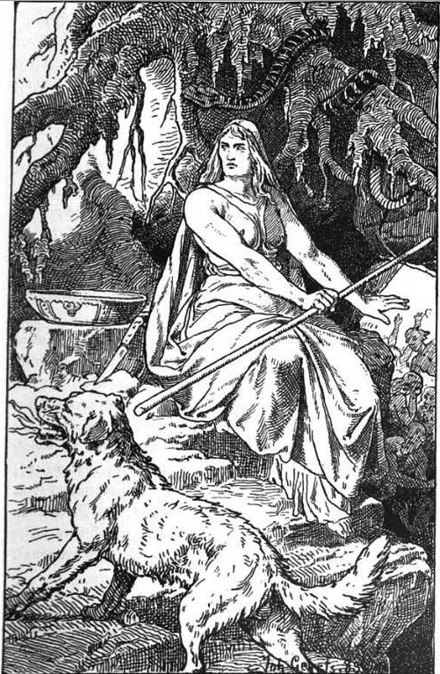
I was doing a wiki walk on personifications of death because of reasons and came across this depiction of Hel by Johannes Gehrts which is the vibes I'm trying to give
2 notes
·
View notes
Text

Freyr by Johannes Gehrts, shown with his sword.
Wiki
1 note
·
View note
Text

Easter/Ostara by Johannes Gehrts 1884/1901. The Goddess Ēostre/*Ostara flies through the heavens surrounded by Roman-inspired putti, beams of light, and animals. Germanic peoples look up at the Goddess from the realm below. From 'Walhall: Germanische Götter- und Heldensagen', 1901.
"In olden time the English people -- for it did not seem fitting to me that I should speak of other people's observance of the year and yet be silent about my own nation's -- calculated their months according to the course of the moon. Hence, after the manner of the Greeks and the Romans (the months) take their name from the Moon, for the Moon is called mona and the month monath.
The first month, which the Latins call January, is Giuli; February is called Solmonath; March Hrethmonath; April, Eosturmonath; May, Thrimilchi; June, Litha; July, also Litha; August, Weodmonath; September, Halegmonath; October, Winterfilleth; November, Blodmonath; December, Giuli, the same name by which January is called. ...
Nor is it irrelevant if we take the time to translate the names of the other months. ... Hrethmonath is named for their Goddess Hretha, to whom they sacrificed at this time. Eosturmonath has a name which is now translated "Paschal month", and which was once called after a Goddess of theirs named Eostre, in whose honour feasts were celebrated in that month. Now they designate that Paschal season by her name, calling the joys of the new rite by the time-honoured name of the old observance. Thrimilchi was so called because in that month the cattle were milked three times a day..."
-Bede, De Ratione Temporum 15. Written in the year 725 CE. (The Reckoning of Time, tr. Faith Wallis, Liverpool University Press 1988, pp.53-54)
https://paganimagevault.blogspot.com/2020/04/easterostara-by-johannes-gehrts-18841901.html
#easter#ostara#pagan#europe#european art#germanic#european history#medieval literature#medieval#middle ages#english history#paganism#art#20th century art#19th century art#johannes gehrts
53 notes
·
View notes
Text

Sigmunds Schwert - Sigmund's Sword by Johannes Gehrts
A mysterious, Odin-like figure presents the sword he has stuck into the tree Barnstokkr
#sigmund#sword#schwert#gram#odin#oak tree#barnstokkr#art#johannes gehrts#norse mythology#germanic#nordic#norse#mythology#mythological#völsunga saga#old norse#magic sword#tree#völsungs#völsung#europe#european#barnstokk#balmung#nothung#history
198 notes
·
View notes
Photo
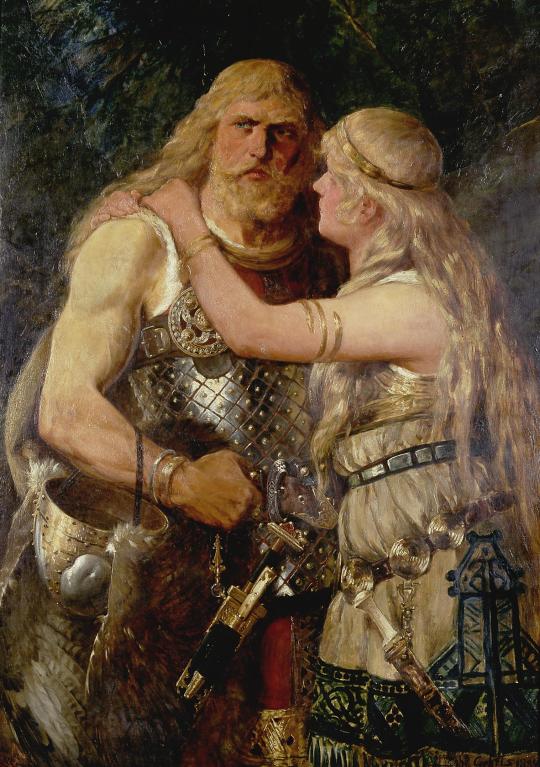
Johannes Gehrts - Arminius says goodbye to Thusnelda (1884)
1 note
·
View note
Photo
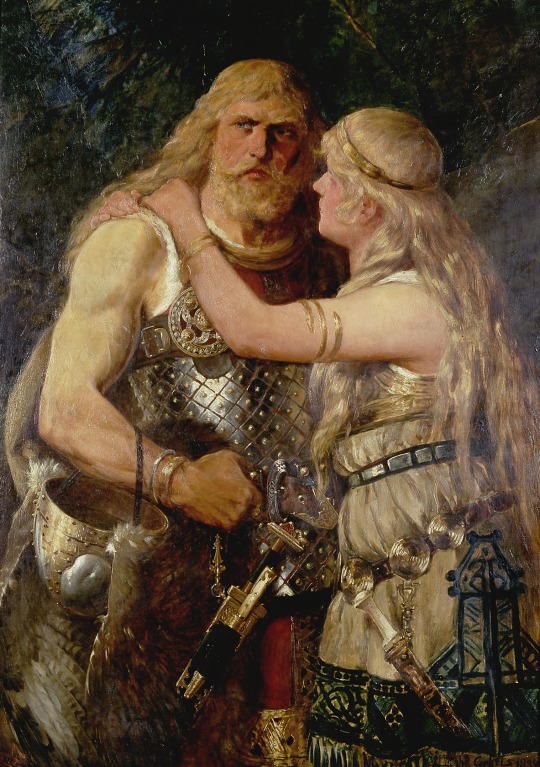
(Johannes Gehrts, Arminius and Thusnelda, 1888)
Thusnelda was the daughter of the pro-Roman Cheruscan prince Segestes. In 9 CE, Arminius, Thusnelda's future husband, who had been given by his father to the Romans as a child and raised as a Roman military commander serving under Publius Quinctilius Varus, switched sides to the Germans, and led a coalition of Germanic tribes that defeated the legions of Varus at the Battle of the Teutoburg Forest. The conflict between the Roman Empire and the Germanic tribes continued after the Battle of the Teutoburg Forest, and Arminius abducted and impregnated Thusnelda circa 14 CE, likely as a result of a dispute with her pro-Roman father.
In May 15 AD, Thusnelda was captured by Germanicus, who commanded the invasion of Germania. She was pregnant and staying with her father, who had seized her from Arminius at some point. It was Segestes who delivered her to Germanicus, after the latter saved the former by driving off Arminius' forces, who had besieged Segestes. Arminius grieved his loss of Thusnelda deeply and did not marry again. According to Tacitus, Arminius was "driven to frenzy" by the loss of his wife.
9 notes
·
View notes
Text
And finally, the Chthonic Hymn To Rán
#north sea poet#heathenry#poetry#my poetry#nico solheim-davidson#heathen#my own poetry#norse mythology#my poem#inclusive heathenry#rán#rán goddess#rán and ægir#sea goddess
15 notes
·
View notes
Photo

Odin kidnaps Sinfjötli's corpse (1883) by Johannes Gehrts.
4 notes
·
View notes
Photo
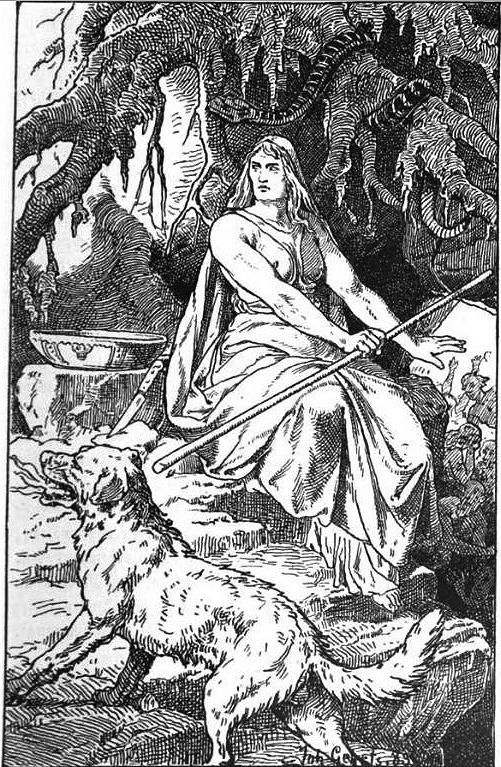
Johannes Gehrts, ‘Hel’
31 notes
·
View notes
Photo

Die Nörnen (1889), by Johannes Gehrts.
In this drawing, the three Norns gather around Urðarbrunnr, the Well of Urðr (also known as the Well of Destiny). Urðarbrunnr was a source of great power and knowledge, and Odin gained the knowledge of the runes from it. The gods would meet around this well, and so would the Norns.
Urðarbrunnr also gave water to Yggdrasil, the World Tree, and in turn was replenished by dewdrops falling from three tree. The Norns inscribed the fate of every living being on the trunk of Yggdrasil, but this was not immutable – mortals had some ability to alter their fates, although within limitations.
16 notes
·
View notes
Text

Arminius says goodbye to Thusnelda by Johannes Gehrts, 1884
"Cattle die and kinsmen die,
thyself too soon must die,
but one thing never, I ween, will die, --
fair fame of one who has earned."
-Havamal 75
https://paganimagevault.blogspot.com/2020/01/arminius-says-goodbye-to-thusnelda-by.html
#arminius#thusnelda#germany#pagan#german#european art#heathen#classic art#19th century art#medieval poetry#medieval literature#quotes#paganism#johannes gehrts
36 notes
·
View notes
